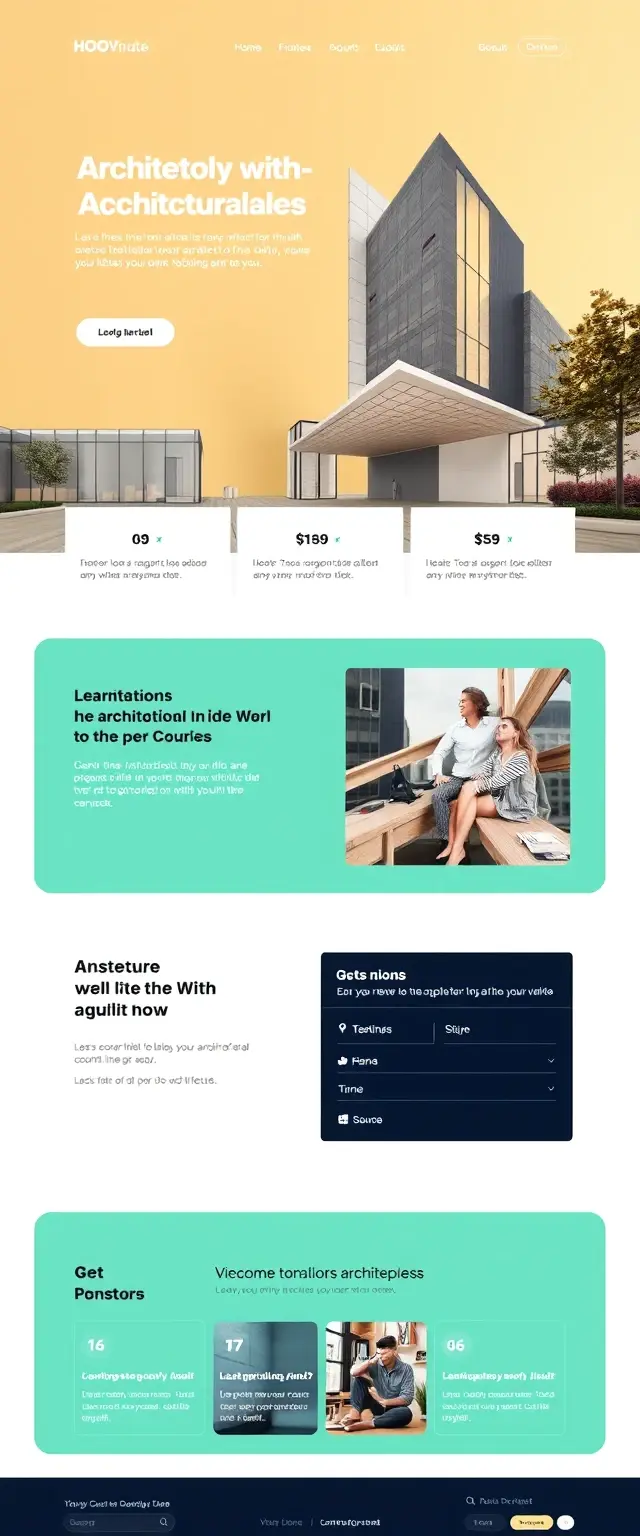Introducing

Introduction to AI Web Design
Discover how AI is transforming web design at webllix.
1. Automated Design Suggestions
AI-driven tools at webllix analyze your existing content, brand identity, and user preferences to generate tailored design recommendations. These tools suggest optimal layouts, color schemes, typography, and imagery that best represent your brand and engage your target audience. By leveraging machine learning algorithms, AI predicts design trends and suggests elements that resonate most with your users, streamlining the creative process and reducing the need for extensive manual adjustments.

2. Personalized User Experiences
AI's standout feature is creating highly personalized user experiences. AI algorithms analyze user behavior, preferences, and interactions to deliver customized content and recommendations. This means your website can dynamically adjust its content based on user interests, improving engagement and increasing the likelihood of conversions. Whether it’s personalized product recommendations or customized content layouts, AI ensures that each user’s experience is unique and relevant.
3. Content Generation and Enhancement
AI tools can significantly enhance content creation by generating compelling copy, headlines, and even images. Natural Language Processing (NLP) models assist in crafting engaging and relevant text that aligns with your brand voice and message. Additionally, AI-powered design tools generate or enhance visual elements, such as graphics and images, ensuring consistency and high quality across your website. This not only speeds up content creation but also maintains a cohesive and professional appearance.
4. Efficient Design and Development
AI automation handles repetitive and time-consuming tasks, such as automating the resizing of images, adjusting layouts for different screen sizes, and coding standard components. This allows designers and developers to focus on more complex, creative tasks, accelerating the design and development process and ensuring a smoother workflow.
5. Predictive Analytics and Data Insights
AI analyzes and interprets large volumes of data, providing valuable insights into user behavior and website performance. Predictive analytics tools forecast traffic patterns, identify trends, and analyze conversion rates, helping you make informed, data-driven decisions. Understanding user interactions and identifying areas for improvement optimizes your website’s performance and enhances user satisfaction.
6. Enhanced Accessibility and Inclusivity
AI improves website accessibility for all users, including those with disabilities. AI-powered tools offer features such as automated text-to-speech, real-time language translation, and improved navigation options. These enhancements ensure your website is inclusive, user-friendly, and compliant with accessibility standards.
7. Continuous Improvement Through Machine Learning
AI systems continuously learn and adapt based on user interactions and feedback. This ongoing learning process ensures that your website evolves with changing trends and user expectations, remaining current and effective over time.
